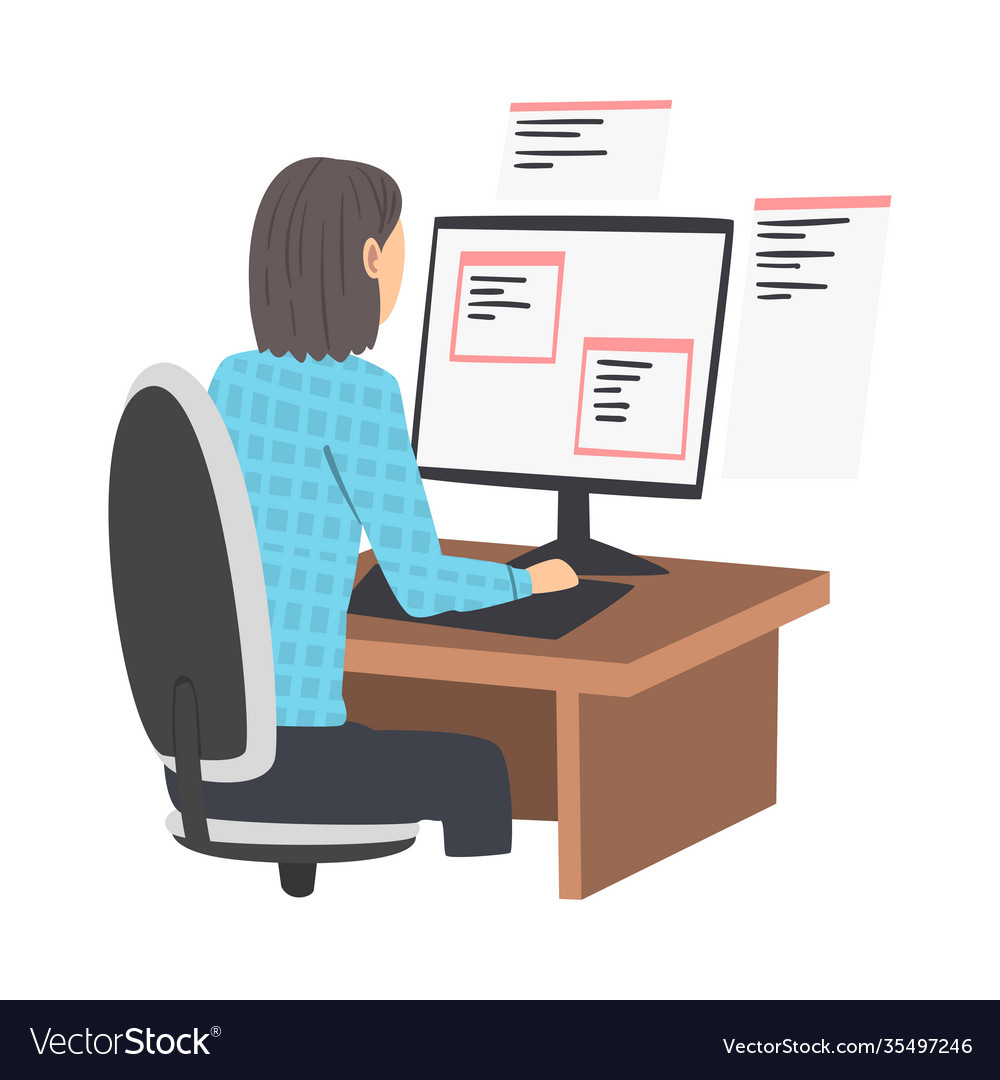Offshore Software Development: Cost-efficient Solutions for Expanding Firms
Offshore Software Development: Cost-efficient Solutions for Expanding Firms
Blog Article
Devoted Developers vs. In-House Teams: Which Is Right for You?
The decision in between using devoted programmers and maintaining an internal group is a considerable one that can influence the trajectory of your projects and total company method. Alternatively, internal teams add to a cohesive business culture and a nuanced understanding of long-lasting goals.
Understanding Devoted Developers
The expanding need for specialized skills in the tech market has actually resulted in the emergence of dedicated programmers as a viable remedy for many organizations. These professionals are usually contracted on a project basis, permitting firms to leverage certain expertise without the lasting dedication related to permanent hires. Committed developers are commonly embedded within a client's team, offering flexibility and scalability to satisfy project demands.
This model permits organizations to access a worldwide skill pool, which is particularly beneficial in a rapidly progressing technical landscape. Devoted designers can be sourced from different geographical locations, ensuring that firms can locate the ideal ability at affordable rates. They usually bring a wealth of experience and expertise, having worked on diverse tasks throughout various sectors.
In addition, specialized developers can focus specifically on the tasks handy, enhancing productivity and efficiency. They are furnished to integrate flawlessly right into existing workflows, teaming up closely with internal teams to attain job goals. This technique not only reduces the worry of recruitment and training however likewise permits companies to remain dexterous, adjusting promptly to changing market needs and technical developments.
Advantages of In-House Teams

Moreover, internal groups tend to have a much deeper understanding of the business's mission, worths, and objectives. This placement can enhance worker involvement and motivation, as staff member feel much more linked to their work and the company's success. Furthermore, having a dedicated internal group enables much better alignment of methods and objectives, as these members are continually focused on the firm's top priorities.
In-house teams likewise assist in quicker decision-making processes, as they can react more swiftly to obstacles and changes. The well established partnerships and knowledge with firm protocols permit streamlined workflows and lowered miscommunication. Eventually, the combination of a natural culture, alignment with business objectives, and efficient communication makes in-house teams a useful asset for several organizations, especially those looking to grow long-term development and development.
Expense Factors To Consider
When assessing cost factors to consider, both committed programmers and in-house teams present distinct monetary implications for companies. Involving committed developers normally entails a pay-per-project or per hour price model, which can be cost-effective for businesses with rising and fall task demands. This method permits versatility in scaling resources up or down, making sure that companies just spend for the services they need.
On the other hand, in-house teams entail dealt with costs, including incomes, benefits, and overhead expenses such as workplace and tools. While this version provides better control and prompt accessibility of resources, it may cause greater long-lasting expenditures, especially if the workload does not justify a full-time team.
Additionally, firms should take into consideration the concealed costs associated with recruitment and training of in-house employees, which can additionally strain budgets. Sometimes, the moment and resources invested in handling an internal group can take away from the organization's core company purposes.

Task Management and Adaptability
Project monitoring and adaptability are crucial variables that influence the choice between internal teams and devoted developers. Committed developers generally provide a high degree of versatility, allowing companies to scale resources up or down based upon project needs. This agility can be particularly helpful for services experiencing varying workloads or those seeking to innovate rapidly. Committed groups commonly have established procedures for taking care of jobs effectively, leveraging details methodologies like Agile or Scrum, which help with repetitive progression and flexibility.

Eventually, the selection between internal groups and specialized designers depends upon the preferred level of flexibility and the details project administration requirements. Business should examine their operational characteristics, task intricacy, and source schedule to establish which option aligns best with their calculated objectives.
Making the Right Selection
Selecting the best advancement method-- in-house groups or devoted developers-- needs a careful analysis of different factors that straighten with a firm's calculated goals. On the other hand, internal groups can provide much better continuity and combination with existing personnel.
Following, assess your budget. Dedicated designers often present a cost-efficient remedy for click here to read temporary tasks, while internal teams may sustain higher long-term expenditures because of salaries, benefits, and overhead prices. Analyze the degree of control and collaboration desired; internal teams typically promote more powerful interaction and positioning with company society.
If instant results are necessary, dedicated developers can be onboarded rapidly, whereas constructing an in-house team takes time for recruitment and training. If continual advancement is important, investing in an internal group might produce much better returns over time.
Conclusion
Finally, the decision between internal groups and committed designers depends upon job demands and business purposes. Committed developers offer adaptability and customized experience, making them appropriate for short-term initiatives. Conversely, in-house teams cultivate a natural culture and deeper alignment with long-term goals. Cautious assessment of budget plan restrictions, project timelines, and desired control levels is vital for establishing the most ideal method, guaranteeing positioning with critical concerns and operational efficiency.
The decision between making use of committed developers and maintaining an internal group is a substantial one that can affect the trajectory of your projects and overall organization technique.Project monitoring and versatility are essential variables that affect the check that option in between internal groups and specialized developers. nearshore software development.In contrast, in-house groups may succeed in keeping a constant project administration structure due to their familiarity with the organization's culture and long-lasting objectives. Devoted developers often offer an affordable option for short-term projects, while in-house teams might sustain greater long-lasting expenditures due to salaries, advantages, and expenses prices.In verdict, the decision in between internal groups and specialized designers hinges on job demands and business goals
Report this page